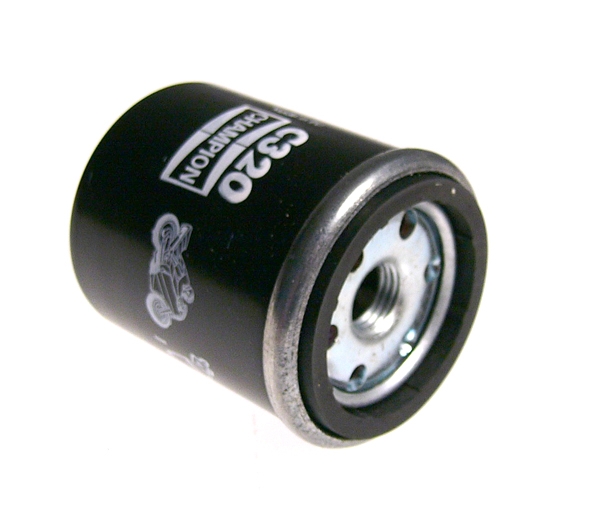
An oil filter is an integral part of the inner workings of your car. The oil filter allows oil to move through various parts of your car, which is important because oil does things such as cool your engine and absorb potentially harmful particles that could damage your car. When oil passes through the oil filter it removes these contaminants from the oil allowing it to pass through your car again. A properly working oil filter is the reason why you only have to have your oil changed after an average of 3,000 miles of driving.
The oil filter is held in place and sealed firmly against your engine. Your car's oil pump also plugs directly into your oil filter. The filter itself is housed inside a metal container. In the container is the soft filter material made from synthetic (or man-made) fibers. The oil works its way through your car with the help of the oil pump, and at some point along its journey is dumped directly into the oil filter and back out again into the engine. The oil flows through your car because of the pressure generated by the engine.
Oil is pushed through the oil filter back into the engine. The actual filter material has two parts. The first part removes smaller particles (things like dirt and debris) that could harm various components in your car if they were left to flow normally through. The liquid oil can move through the filter material but these solid particles cannot. The second part of the filter material stops larger particles that the first part couldn't get. Once the oil passes through your oil filter it passes back into the engine free from these particles at which point it repeats the process.